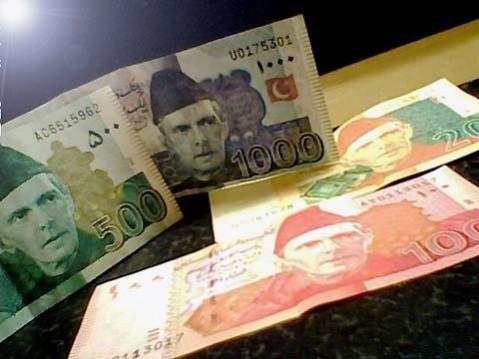
The quantum of debt Pakistan requires is growing faster than the net output of the economy (GDP). This means that the economy's ability to grow or increase output is constrained. This is unsustainable, Tabadlab, an Islamabad think tank said in a report.
"It demands transformational change. Unless there are sweeping reforms and dramatic changes to the status quo, Pakistan will continue to sink deeper, headed towards an inevitable default, which would be the start of the spiral," the report said.
"Pakistan's debt is a formidable, existential, and pertinent challenge, that requires immediate and strategic interventions. Debt repayments are at a historic high, deprioritising the needs of a growing population, such as social protection, education, health, and crucially, climate change," it said.
Detailed in Tabadlab's analysis, 'A Raging Fire', the gravity of this crisis is laid bare, revealing the depth and breadth of the problem, the quantum of financial resources lacking, and the path forward with or without transformational structural changes.

Since 2011, in nominal terms Pakistan's external debt has near doubled, and domestic debt has increased by sixfold. In FY-2024, Pakistan will need to pay back an estimated USD 49.5 billion in debt maturities (30% of which is interest, and none of which is a bilateral or IMF loan), the report said.
Debt accumulation has been overwhelmingly used to continue fostering a consumption-focused, import-addicted economy, without investment in productive sectors or industry. Pakistan's debt profile is alarming, and its borrowing and spending habits are unsustainable, the report said.
Increasing demands of a growing population require more money for social protection, health, education, and climate change related disasters, adaptation strategies, and the green transition. Pakistan's climate and debt vulnerability exacerbate one another, but there is an opportunity to synergise and mitigate both existential crises at the same time, it said.
(With inputs from IANS)

















